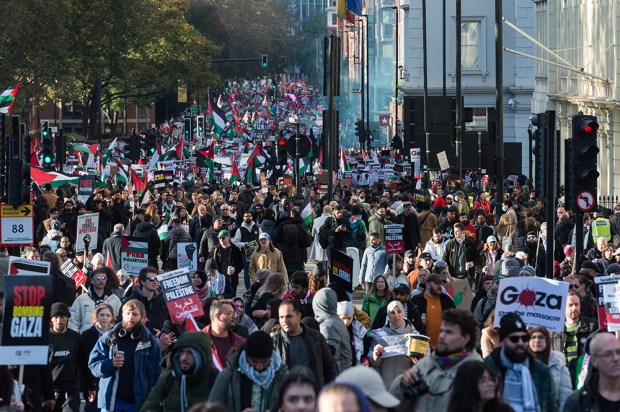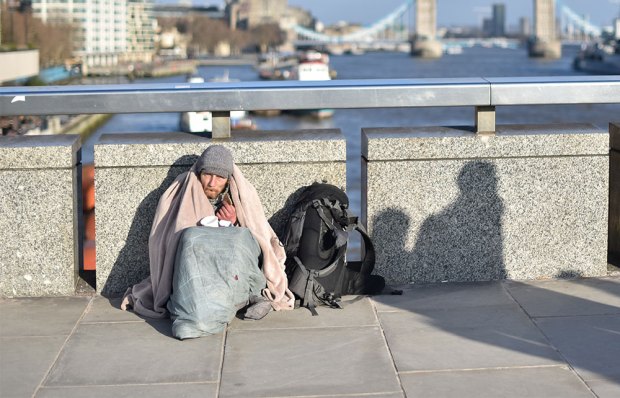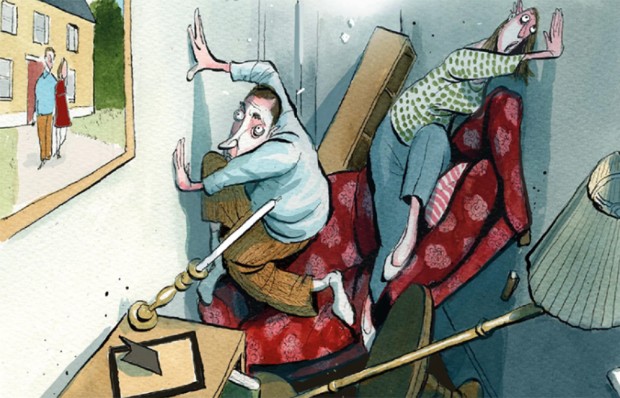Party packs
Is it possible to form a stable coalition with more than one political party? The Conservative/Lib Dem coalition of 2010– 2015 was in fact unique in being the only British coalition featuring just two parties.
— Lord Aberdeen’s coalition on 1852–55 was made up of 11 Whigs, six Peelites and one Radical, Sir William Molesworth, who served as First Commissioner of Works and was later described by Gladstone as ‘perfectly harmless’. He did, however, give us Westminster Bridge.
— The wartime coalitions of Asquith (1915–16) and Lloyd George (1916–22) were mostly Liberals and Conservatives but also had three Labour junior ministers and an Irish Nationalist, James O’Connor, who served as solicitor general for Ireland.
— Churchill’s wartime coalition (1940–45) had an independent, John Anderson, as Chancellor of the Exchequer, and also a United Australia Party MP: Richard Casey, Minister-Resident for the Middle East.
Lands of lost children
Britain was reported to have a higher infant mortality rate than Poland. But the gap in child mortality between the developed and developing worlds is vast:
| Death rate before five per 1,000 live births | |
| Finland (lowest in world) | 2.6 |
| Germany | 3.9 |
| UK | 4.6 |
| US | 6.9 |
| Central African Republic | 139 |
| Somalia | 146 |
| Sierra Leone | 161 |
| Angola | 167 |
Source: Save the Children
All over the place
Who would be PM if elections were decided by who had visited most constituencies during the campaign?
| Constituencies visited before 2 May | |
| David Cameron | 55 |
| Ed Miliband | 43 |
| Nick Clegg | 33 |
| Nigel Farage | 12 |
Source: ukgeneralelection.com
Baby trends
Can we expect a rush of baby girls called Charlotte? Not if the princess’s brother is anything to go by. In 2013, 4,202 boys were called George, making it the 10th most popular boy’s name in England and Wales. The previous year it was 12th, but with 4,408. Charlotte in 2013 was the 20th most popular girl’s name, with 2,166. The biggest faller in the top 100 boys’ names between 2003 and 2013 was Cameron, down 70 places to 93rd.
Got something to add? Join the discussion and comment below.
Get 10 issues for just $10
Subscribe to The Spectator Australia today for the next 10 magazine issues, plus full online access, for just $10.
You might disagree with half of it, but you’ll enjoy reading all of it. Try your first month for free, then just $2 a week for the remainder of your first year.













Comments
Don't miss out
Join the conversation with other Spectator Australia readers. Subscribe to leave a comment.
SUBSCRIBEAlready a subscriber? Log in